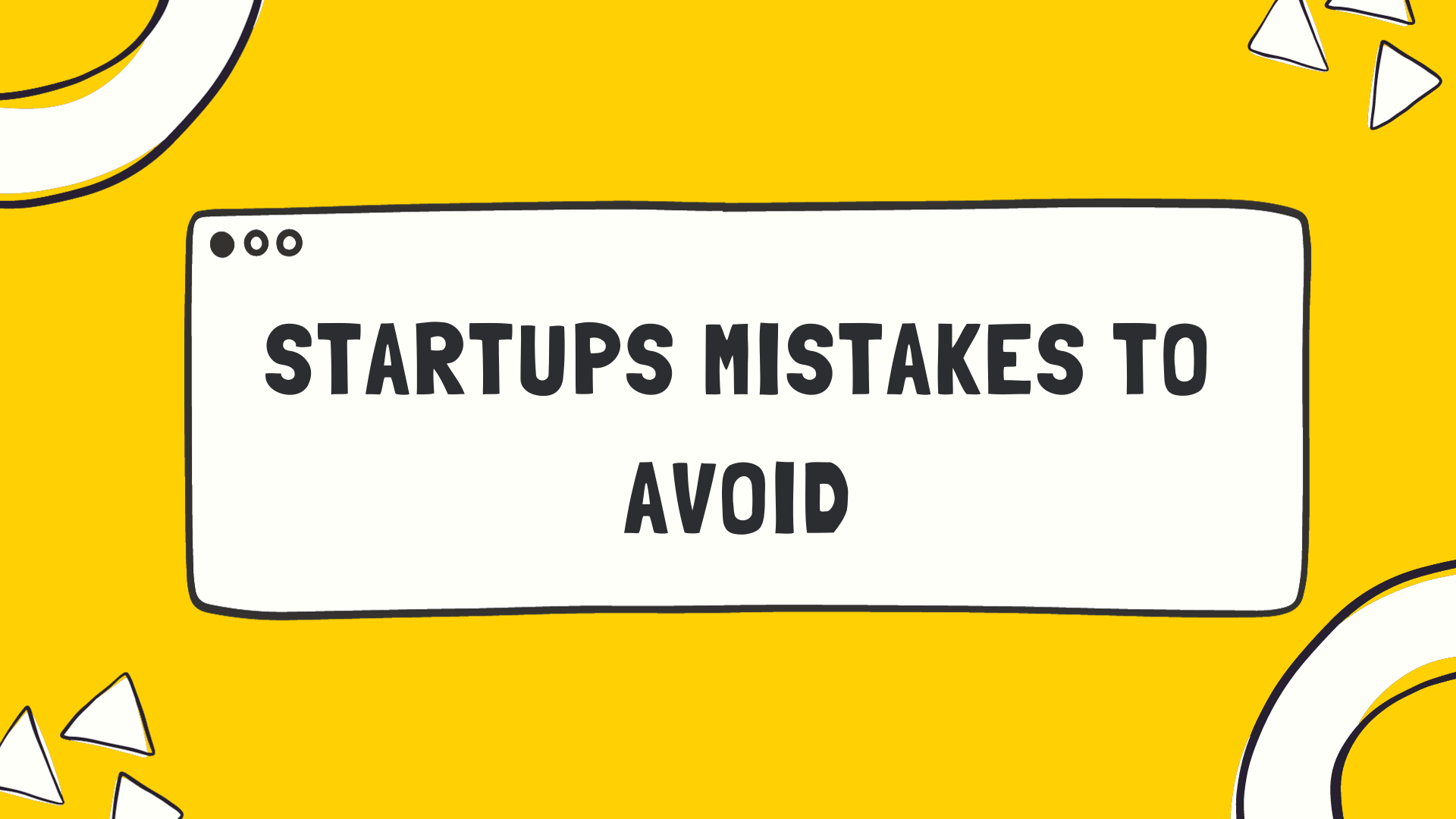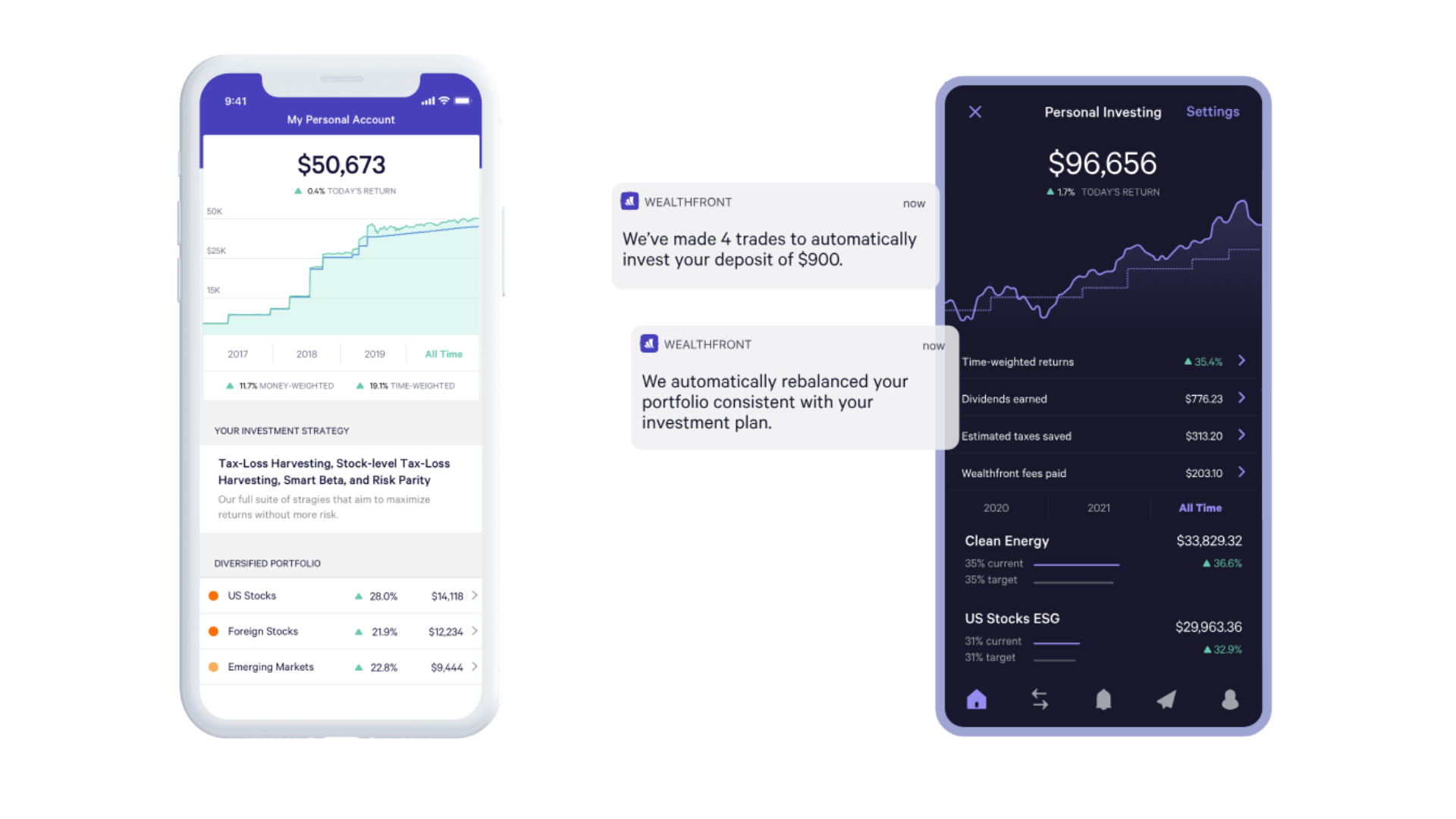Is your sales team working hard with less to show for it? This could be due to a misunderstood metric — sales velocity. A pivotal gauge of the speed at which revenue is generated, sales velocity can illuminate the efficiency of your entire selling strategy.
Buckle up as we demystify this crucial metric and help you accelerate your path to success.
Key Takeaways
- Sales velocity is a crucial metric that measures the speed and efficiency of revenue generation in a sales process.
- Factors such as the number of opportunities, average deal size, win rate percentage, and sales cycle length impact sales velocity.
- By understanding and tracking sales velocity, businesses can identify areas for improvement in their sales process and make data-driven decisions to boost overall performance.
Understanding Sales Velocity
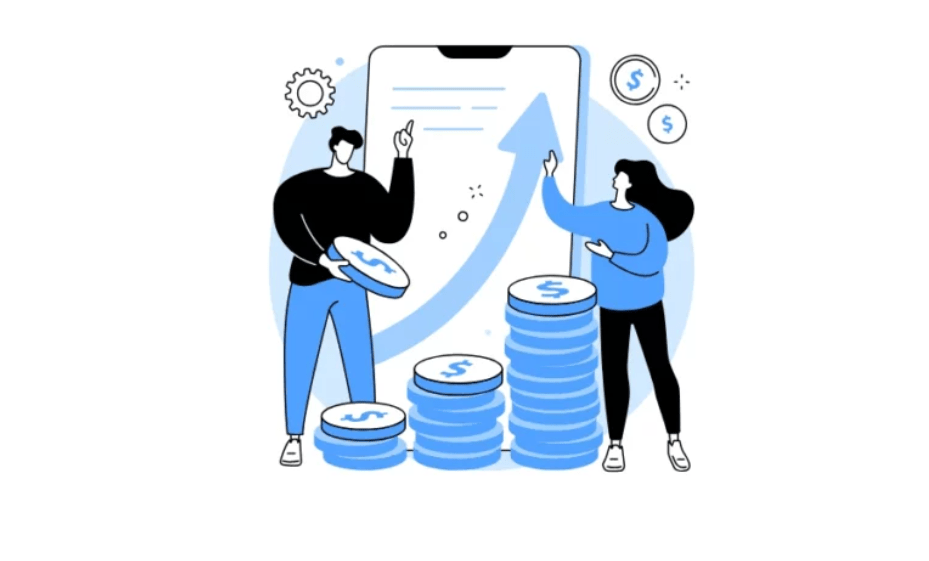
Sales velocity is a crucial metric for measuring the speed and efficiency of revenue generation in a sales process.
Definition
Sales velocity is a key way to see how fast a sales team makes money. It tells you the speed at which leads turn into paying customers. This metric uses four things: the number of chances to sell, the usual value of deals, the rate of success in selling, and how long it takes to close a deal.
Each industry will have different speeds based on its market. The size and number of deals impact this speed as well as how often sellers meet their goals.
Importance
Sales velocity shows the speed at which a sales team makes money. It helps tell if a company’s way of selling stuff is good or bad. This metric also finds out what stops the selling process from moving fast.
Companies can see how quickly leads turn into real buyers because of sales velocity. Its role in setting and meeting sales targets puts it as one of the top metrics for success in selling things.
Sales velocity is not always the same for all, it changes with different markets and industries (like tech). Some things like number of chances to sell more and size of sale deals have an effect on sales velocity too! So it’s pretty important to keep an eye on it to make better plans for business growth!
Comparison to other metrics (pipeline velocity, inventory velocity)
Sales Velocity is a crucial metric that provides insights into the overall sales process and performance. However, to get a comprehensive understanding of sales performance, it’s important to also consider other key metrics such as Pipeline Velocity and Inventory Velocity. Here’s a comparative table that highlights the differences and similarities between these metrics.
| Metrics | Definition | Key Factors | Benefits |
|---|---|---|---|
| Sales Velocity | A measure of how quickly opportunities in the sales pipeline are converting into revenue. | Number of opportunities, average deal size, win rate, length of sales cycle. | Helps understand sales efficiency, reveals potential barriers, and supports data-driven decision making. |
| Pipeline Velocity | A measure of the speed at which a lead progresses through the sales funnel to become a customer. | Number of leads, conversion rates at each stage, length of the sales process. | Helps in forecasting future sales, measures the effectiveness of the sales process, and identifies areas of improvement. |
| Inventory Velocity | A measure of how quickly inventory is being sold and replaced within a specific time frame. | Inventory turnover rate, sales, and the cost of goods sold. | Helps in efficient inventory management, reduces holding costs, and improves cash flow. |
Each of these metrics provide unique insights and together they provide a holistic view of the sales process. By understanding and tracking these metrics, companies can identify areas that need improvement and make strategic decisions to boost overall sales performance.
How to Calculate Sales Velocity

To calculate sales velocity, you need to consider factors such as the number of opportunities, average deal size, win rate percentage, and sales cycle length.
Factors (number of opportunities, average deal size, win rate percentage, sales cycle length)
Sales velocity is determined by several key factors that impact the speed at which a sales team generates revenue. These factors include:
| Key Factors | Description |
|---|---|
| Number of Opportunities | The more opportunities a sales team has, the greater the potential for generating revenue. Increasing the number of qualified leads can help improve sales velocity. |
| Average Deal Size | The value of each individual sale plays a significant role in sales velocity. Larger average deal sizes can lead to faster revenue generation and increased sales velocity. |
| Win Rate Percentage | The percentage of deals won out of all opportunities is an important factor in determining sales velocity. A higher win rate means more closed deals and faster revenue growth. |
| Sales Cycle Length | The time it takes from initial contact with a prospect to closing the deal affects sales velocity. Shortening the sales cycle increases the speed at which revenue is generated. |
Best practices for calculating
To calculate sales velocity effectively, follow these best practices:
| Best Practices | Description |
|---|---|
| Collect Accurate Data | Ensure that all relevant sales data is recorded accurately and consistently. |
| Use a Standardized Formula | Use a consistent formula to calculate sales velocity across the organization. |
| Regularly Track Metrics | Continuously monitor the number of opportunities, average deal value, win rate, and length of the sales cycle. |
| Analyze Trends Over Time | Look for patterns and trends in your sales velocity data to identify areas for improvement. |
| Set Realistic Goals | Establish achievable targets for each component of sales velocity to drive performance. |
| Regularly Communicate Results | Share sales velocity metrics with your team to foster transparency and encourage collaboration. |
| Utilize Technology Tools | Leverage sales analytics platforms or CRM systems to automate calculations and provide real-time insights. |
| Benchmark Against Industry Standards | Compare your sales velocity metrics to industry benchmarks to evaluate your performance. |
| Continuously Fine-Tune Processes | Identify bottlenecks or roadblocks in the sales process and make adjustments as necessary. |
| Foster a Data-Driven Culture | Encourage your team to use data to inform decision-making and drive continuous improvement. |
Examples
Sales velocity can be better understood through a few examples.
Let’s say Company A has 100 opportunities in its sales pipeline, with an average deal value of $10,000. They have a win rate of 20% and it takes them an average of three months to close a sale.
By calculating the sales velocity, we can determine that they are generating $200,000 in revenue per month.
In contrast, let’s look at Company B which has only 50 opportunities in their pipeline. However, they have a higher average deal value of $15,000 and a win rate of 40%. Although it takes them four months to close deals on average, their sales velocity calculates to $300,000 per month.
These examples demonstrate how different factors such as the number of opportunities, average deal value, win rate percentage, and sales cycle length directly impact sales velocity.
Increasing Sales Velocity and Improving Pipeline Efficiency
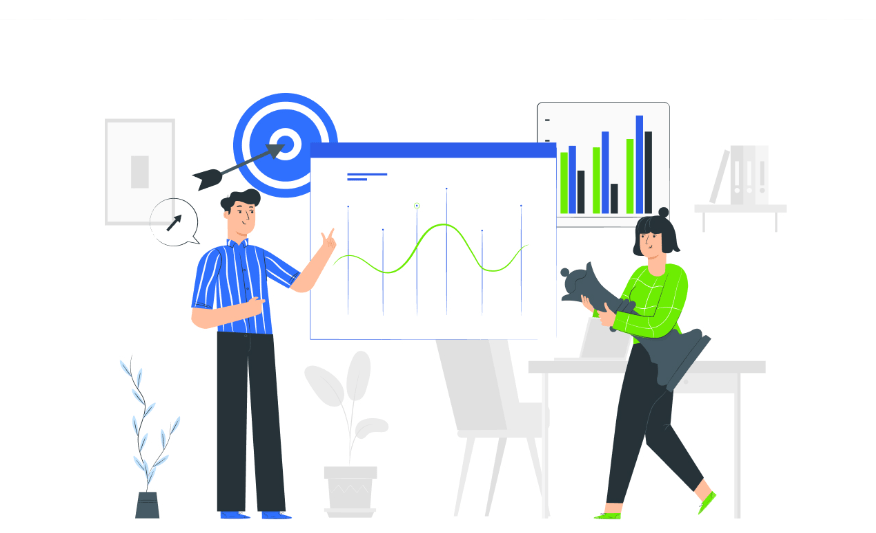
Learn how to overcome common roadblocks and optimize your sales process to increase sales velocity and improve pipeline efficiency for maximum revenue generation.
Addressing common roadblocks (low opportunity count, low average deal size, low win rate, long sales cycle, lack of sales reps)
Sales velocity can be impacted by several factors that create roadblocks in the sales process. Here are some common roadblocks and strategies for addressing them:
- Low opportunity counts: Increasing lead generation efforts and focusing on improving the quality of leads can help increase the number of opportunities in the pipeline.
- Low average deal size: Analyzing pricing strategies and product positioning to identify potential areas for improvement can help increase the average deal size.
- Low win rate: Conducting a thorough analysis of the sales process, including sales training and coaching, can help improve the win rate percentage.
- Long sales cycle: Streamlining the sales process, removing unnecessary steps, and implementing automation tools can help reduce the length of the sales cycle.
- Lack of sales reps: Hiring additional sales reps or investing in training programs to enhance their skills can help address this roadblock.
The Impact of Discounts on Sales Velocity
Discounts can have a significant impact on sales velocity. When businesses offer discounts, it often leads to increased customer interest and higher conversion rates. Customers are more likely to make a purchase when they perceive that they are getting a good deal or saving money.
This can speed up the sales process and result in faster revenue generation for the business.
However, it’s important for businesses to carefully consider the impact of discounts on their bottom line. While discounts may increase sales velocity in the short term, they can also reduce profit margins if not managed effectively.
Businesses need to evaluate whether offering discounts aligns with their overall pricing strategy and profitability goals.
Furthermore, excessive discounting may devalue your product or service in the eyes of customers. It could create an expectation that your offerings will always be available at discounted prices, making it harder to sell at regular prices in the future.
To mitigate these risks and maximize the impact of discounts on sales velocity, businesses should analyze data from previous discount campaigns and assess their effectiveness. They should also set clear objectives for each discount campaign and closely monitor its impact on key metrics like revenue growth and customer acquisition.
By finding the right balance between attracting customers through discounts and maintaining healthy profit margins, businesses can leverage discounts as a strategic tool to boost their sales velocity while still achieving long-term success.
Tracking and Improving Sales Velocity
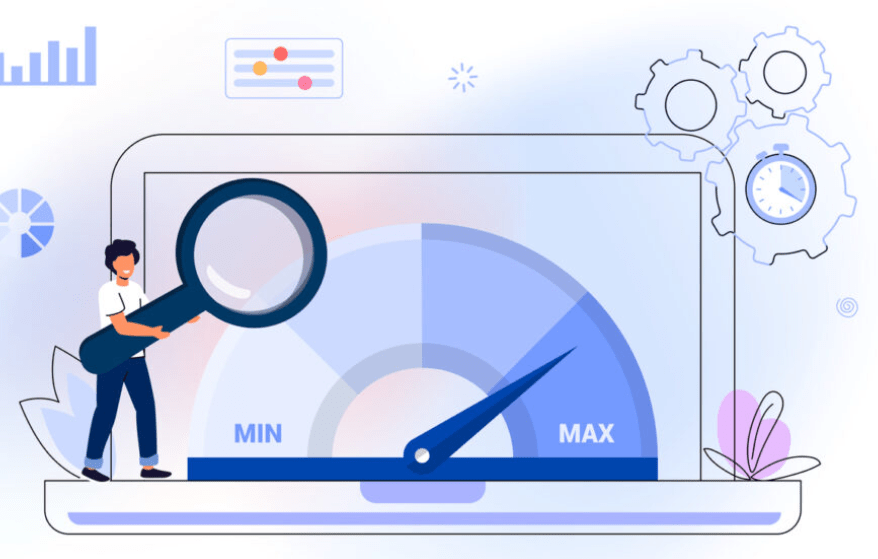
Discover the recommended tools and strategies for tracking and improving sales velocity to drive your sales team’s success.
Recommended tools and strategies
To track and improve sales velocity, there are various tools and strategies that can be used. Here are some recommended ones:
| Recommended Tools and Strategies | Description |
|---|---|
| CRM (Customer Relationship Management) Software | A CRM system helps manage customer interactions, track leads through the sales pipeline, and analyze sales data. It provides valuable insights into customer behavior and helps identify areas for improvement. |
| Sales Analytics Tools | These tools provide in-depth analysis of sales data, helping businesses understand trends, identify bottlenecks, and optimize their sales process. They can track metrics like conversion rates, win rates, and average deal size. |
| Sales Enablement Technology | Sales enablement platforms provide resources to sales teams, including training materials, content management systems, and communication tools. They help streamline the sales process by providing easy access to valuable information. |
| Process Automation | Automating certain aspects of the sales process can help increase efficiency and reduce manual errors. This can include automated lead nurturing campaigns, email sequences, or follow-up reminders. |
| Sales Coaching and Mentoring Programs | Providing regular coaching and mentoring to your sales team can greatly impact their performance. By addressing skill gaps and providing guidance on best practices, you can improve overall sales velocity. |
| Continual Optimization | Regularly reviewing your sales processes and making adjustments based on data-driven insights is crucial for improving sales velocity over time. Continually testing new strategies and analyzing results will help identify what works best for your specific business. |
Conclusion
In conclusion, sales velocity is a crucial metric for measuring sales success. By understanding and tracking this metric, businesses can improve their revenue generation speed, identify areas of improvement in the sales process, and make informed decisions to drive growth.
It’s important for companies to calculate and monitor their sales velocity regularly to stay competitive in today’s fast-paced business environment. Start using this key metric today and unlock the true potential of your sales team!
Frequently Asked Questions
What is sales velocity?
Sales velocity is a metric that measures how quickly and efficiently your sales team can generate revenue.
How is sales velocity calculated?
Sales velocity is calculated by multiplying the number of deals closed in a specific period, the average deal size, and the length of the sales cycle.
Why is sales velocity important for sales success?
Sales velocity provides valuable insights into the effectiveness of your sales process, helping you identify areas for improvement and make informed decisions to drive revenue growth.
How can I increase my sales velocity?
To increase your sales velocity, you can focus on improving lead quality, shortening the length of your sales cycle through effective communication with prospects, and maximizing deal sizes through upselling or cross-selling.
Can I use sales velocity to measure individual performance?
Yes, you can use sales velocity not only as an overall metric but also to assess individual performance by comparing each team member’s contribution to generating revenue within their respective territories or accounts.


